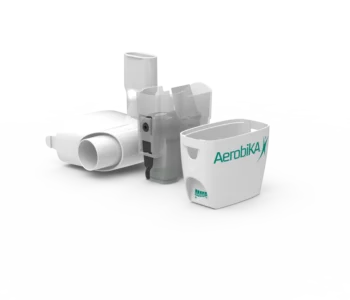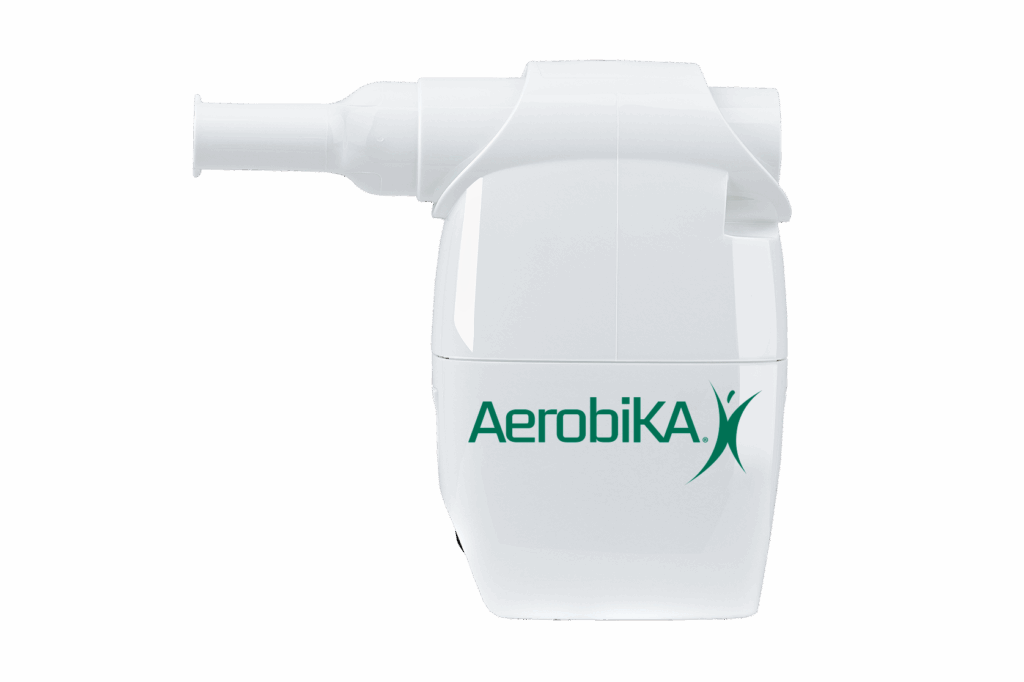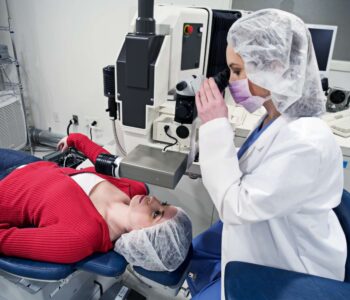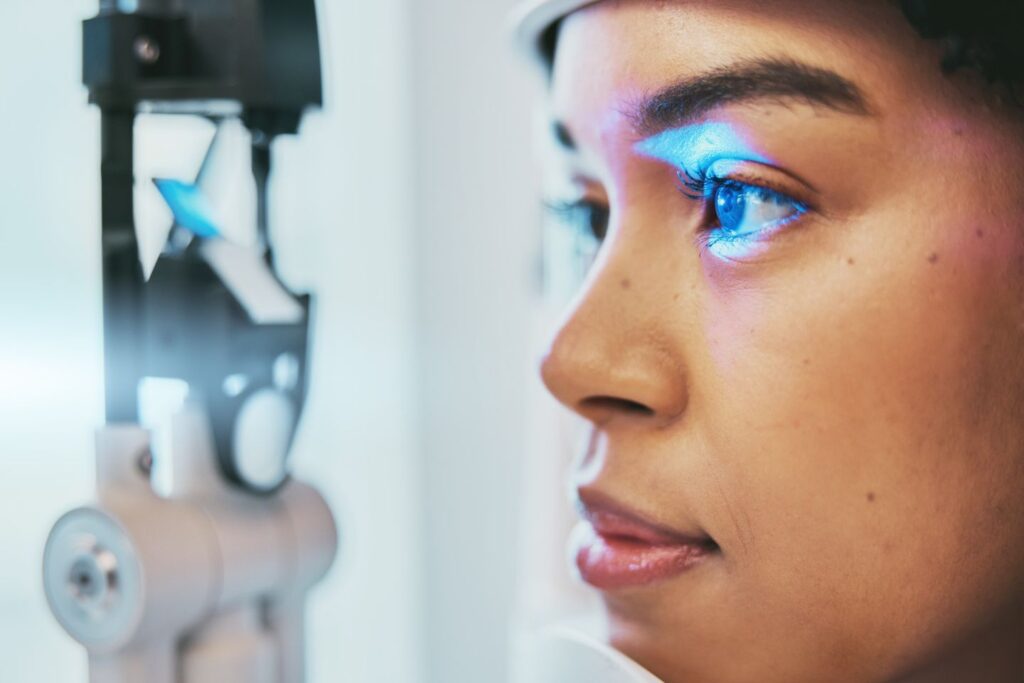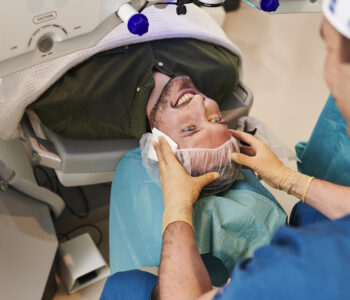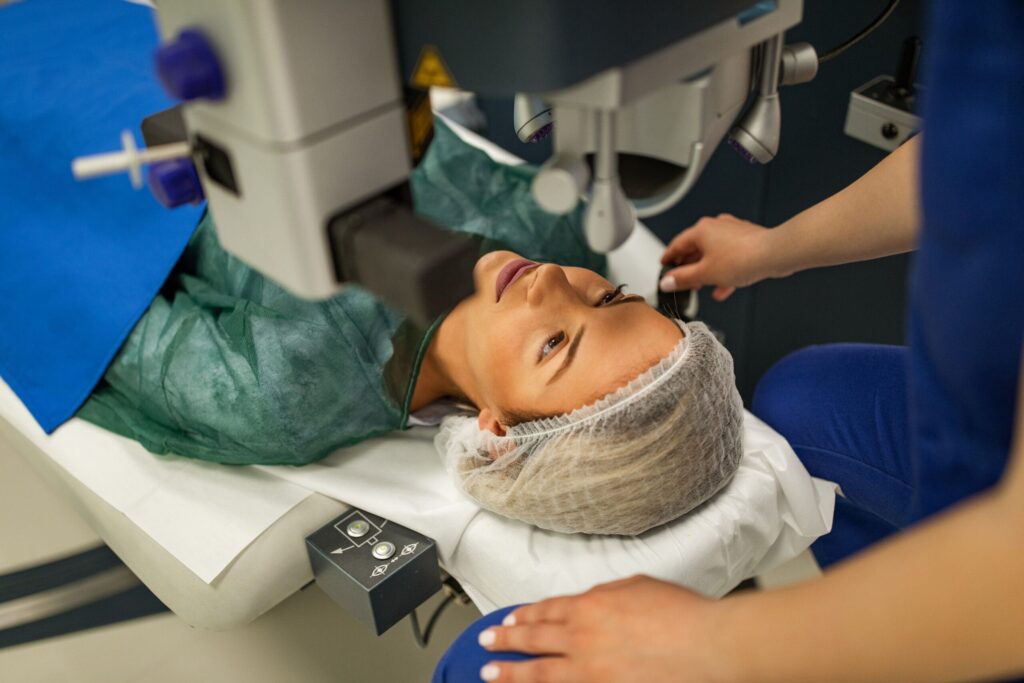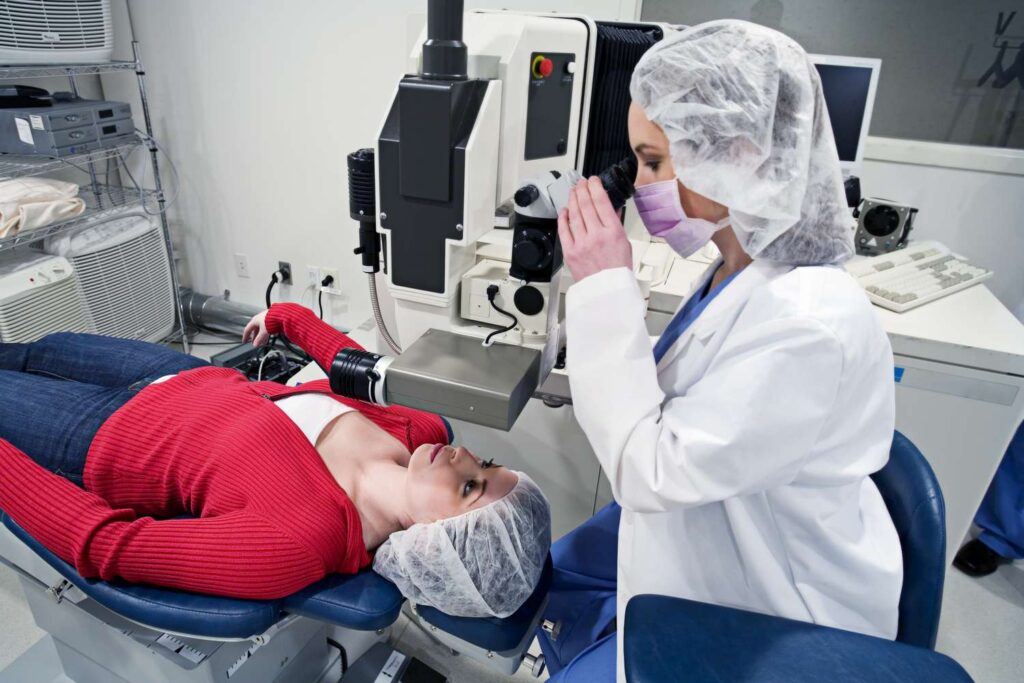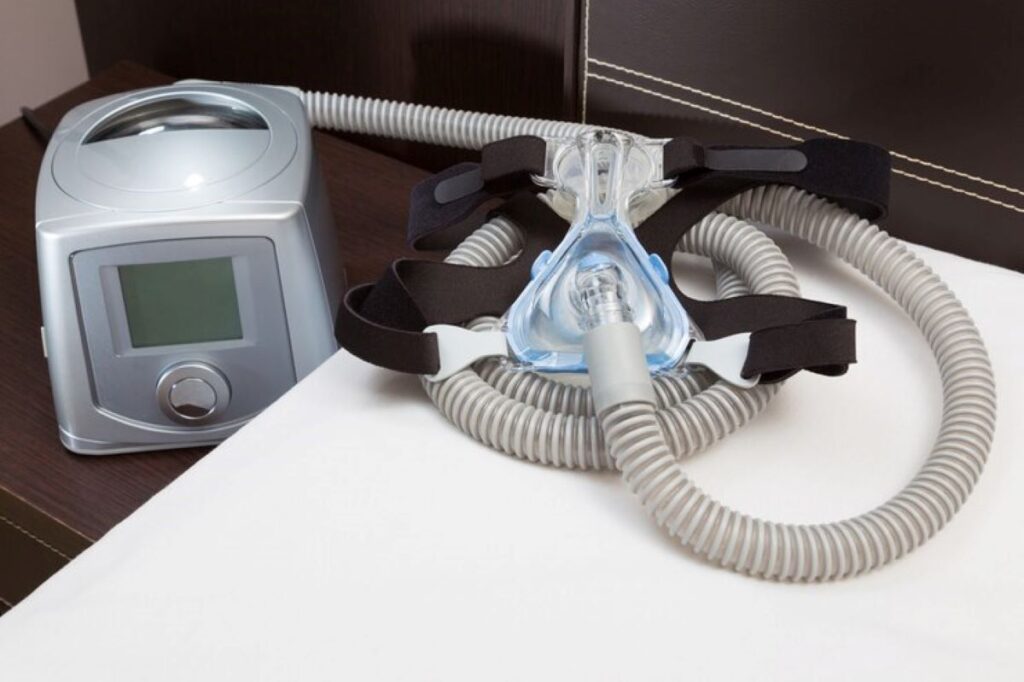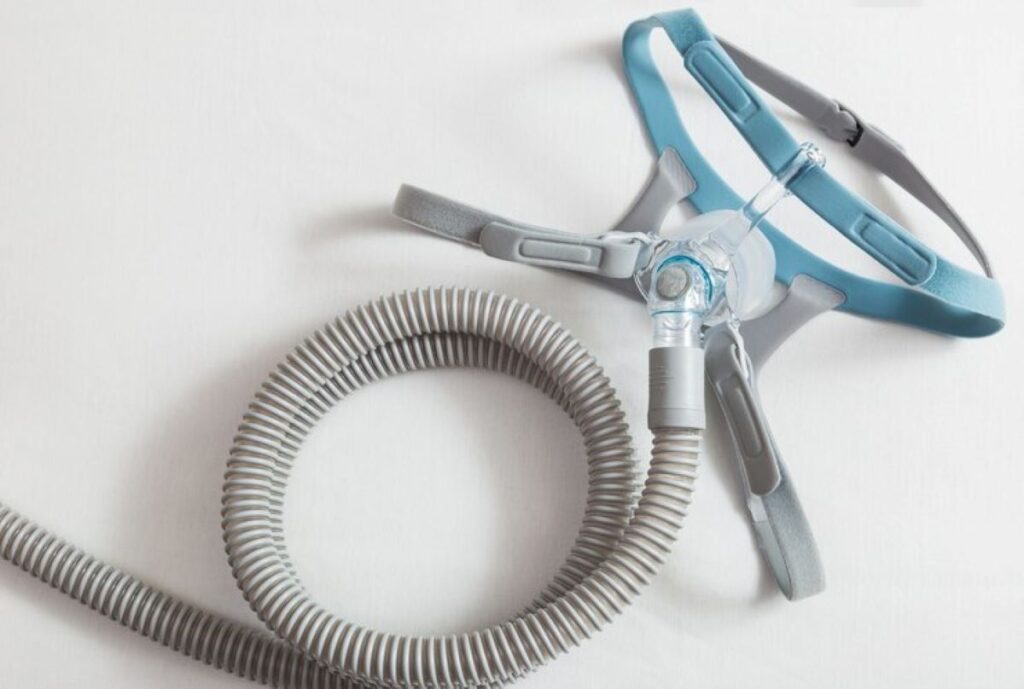 Aerobika PEP Device Cost
Aerobika PEP Device Cost
Aerobika PEP Device Cost and Features Explained for New…
The Aerobika PEP (Positive Expiratory Pressure) device is a revolutionary tool designed to assist individuals with respiratory conditions in clearing mucus from their airways. This device is particularly beneficial for those suffering from chronic obstructive pulmonary disease (COPD), cystic fibrosis, and other lung diseases. Understanding the cost and features of the Aerobika PEP device is essential for new users who are considering its use as part of their respiratory therapy. This article delves into the various aspects of the Aerobika PEP device, including its features, costs, and how it can enhance respiratory health.
What is the Aerobika PEP Device?
The Aerobika PEP device is a handheld, portable device that employs positive expiratory pressure to help improve lung function. It works by creating a back pressure in the airways during exhalation, which helps to keep the airways open and facilitates the movement of mucus towards the throat, where it can be coughed out more easily. This mechanism is particularly useful for individuals with conditions that lead to mucus build-up, as it aids in maintaining clear airways and improving overall lung health.
The Aerobika PEP device cost can vary based on several factors, including the retailer, location, and any additional accessories or features included with the purchase. On average, the device typically ranges from AUD 50 to AUD 150. It is advisable for new users to shop around and compare prices from various suppliers to ensure they are getting the best deal.
Designed for ease of use, the Aerobika PEP device can be used by patients of all ages, including children and the elderly. Its compact size makes it convenient for use at home or on the go, allowing users to incorporate it into their daily routine without hassle. The device is also easy to clean and maintain, ensuring that it remains hygienic and effective over time.

How Does the Aerobika PEP Device Work?
The Aerobika PEP device operates on a simple yet effective principle. When the user exhales through the device, it generates a positive pressure that keeps the airways open. This pressure encourages the movement of mucus from the smaller airways to the larger airways, making it easier to expel. The device is designed to be used in conjunction with regular breathing exercises, which can further enhance its effectiveness.
Users are typically advised to perform a series of controlled breaths while using the Aerobika PEP device. This involves inhaling deeply through the mouth and then exhaling slowly through the device. The combination of positive pressure and controlled breathing helps to mobilise mucus and improve lung function over time.
Learn more at: Aerobika Mucus Clearance Device: Benefits, Usage, and Care Tips
Key Features of the Aerobika PEP Device
The Aerobika PEP device boasts several features that make it a valuable tool for respiratory therapy. Understanding these features can help new users appreciate its benefits and how to utilise it effectively.
- Adjustable Resistance: One of the standout features of the Aerobika PEP device is its adjustable resistance settings. Users can modify the level of resistance based on their comfort and therapeutic needs, allowing for a personalised experience.
- Portable Design: The lightweight and compact design of the Aerobika PEP device makes it easy to carry, enabling users to maintain their respiratory therapy regimen wherever they go.
- Easy to Clean: The device can be easily disassembled for cleaning, which is crucial for maintaining hygiene and ensuring optimal performance.
- Durable Construction: Made from high-quality materials, the Aerobika PEP device is built to withstand regular use, making it a long-lasting investment for users.
Benefits of Using the Aerobika PEP Device
Incorporating the Aerobika PEP device into a respiratory care routine can yield numerous benefits. Regular use can lead to improved lung function, reduced mucus build-up, and enhanced overall respiratory health. Many users report feeling more energised and capable of engaging in daily activities without the hindrance of respiratory issues. Find more about mucus on https://pmc.ncbi.nlm.nih.gov/articles/PMC8759706/
Furthermore, the device can be particularly beneficial for individuals undergoing treatment for chronic respiratory conditions. By facilitating mucus clearance, it can help reduce the frequency of respiratory infections and hospitalisations, ultimately improving the quality of life for users.
Cost of the Aerobika PEP Device
In addition to the initial purchase price, users should also consider the cost of any replacement parts or accessories that may be needed over time. While the Aerobika PEP device is designed for durability, certain components may require replacement after extended use. Users should consult the manufacturer’s guidelines for information on maintenance and replacement parts.
Insurance and Financial Assistance
For many individuals, the cost of medical devices can be a significant concern. Fortunately, some health insurance plans may cover the cost of the Aerobika PEP device, particularly if it is deemed medically necessary. Users are encouraged to check with their insurance provider to determine if they are eligible for coverage and what documentation may be required.
Additionally, there may be financial assistance programs available for individuals with chronic respiratory conditions. These programs can help offset the costs associated with purchasing medical devices and other necessary treatments. It is worth researching local and national resources that may provide support for those in need.
How to Use the Aerobika PEP Device Effectively
For new users, understanding how to use the Aerobika PEP device effectively is crucial for maximising its benefits. The following steps outline the recommended procedure for using the device:
- Preparation: Before using the Aerobika PEP device, ensure that it is clean and assembled correctly. Check the resistance setting and adjust it to a comfortable level.
- Positioning: Sit comfortably in an upright position. This posture helps to optimise lung function and facilitates effective use of the device.
- Breathing Technique: Inhale deeply through your mouth, filling your lungs completely. Then, exhale slowly and steadily through the device. Aim for a prolonged exhalation to create the necessary positive pressure.
- Repetition: Repeat the inhalation and exhalation process for several cycles, typically around 10 to 15 breaths. Take breaks as needed and listen to your body. Click here to find more about exhalation.
Tips for New Users
New users may find it beneficial to follow these additional tips to enhance their experience with the Aerobika PEP device:
- Start with a lower resistance setting and gradually increase it as you become more comfortable with the device.
- Incorporate the use of the device into your daily routine, such as before or after meals, to establish a consistent practice.
- Stay hydrated, as drinking plenty of water can help thin mucus and make it easier to clear from the airways.
- Consult with a healthcare professional for personalised guidance on using the device effectively and safely.
Conclusion
The Aerobika PEP device is a powerful tool for individuals seeking to improve their respiratory health and manage mucus-related conditions. With its adjustable resistance, portability, and ease of use, it offers a practical solution for users of all ages. Understanding the cost and features of the device is essential for new users, as it allows them to make informed decisions about their respiratory care.

By incorporating the Aerobika PEP device into their daily routine and following the recommended usage guidelines, users can experience significant improvements in lung function and overall quality of life. Whether used at home or on the go, the Aerobika PEP device stands as a testament to the advancements in respiratory therapy, providing hope and relief for those affected by chronic respiratory conditions.
